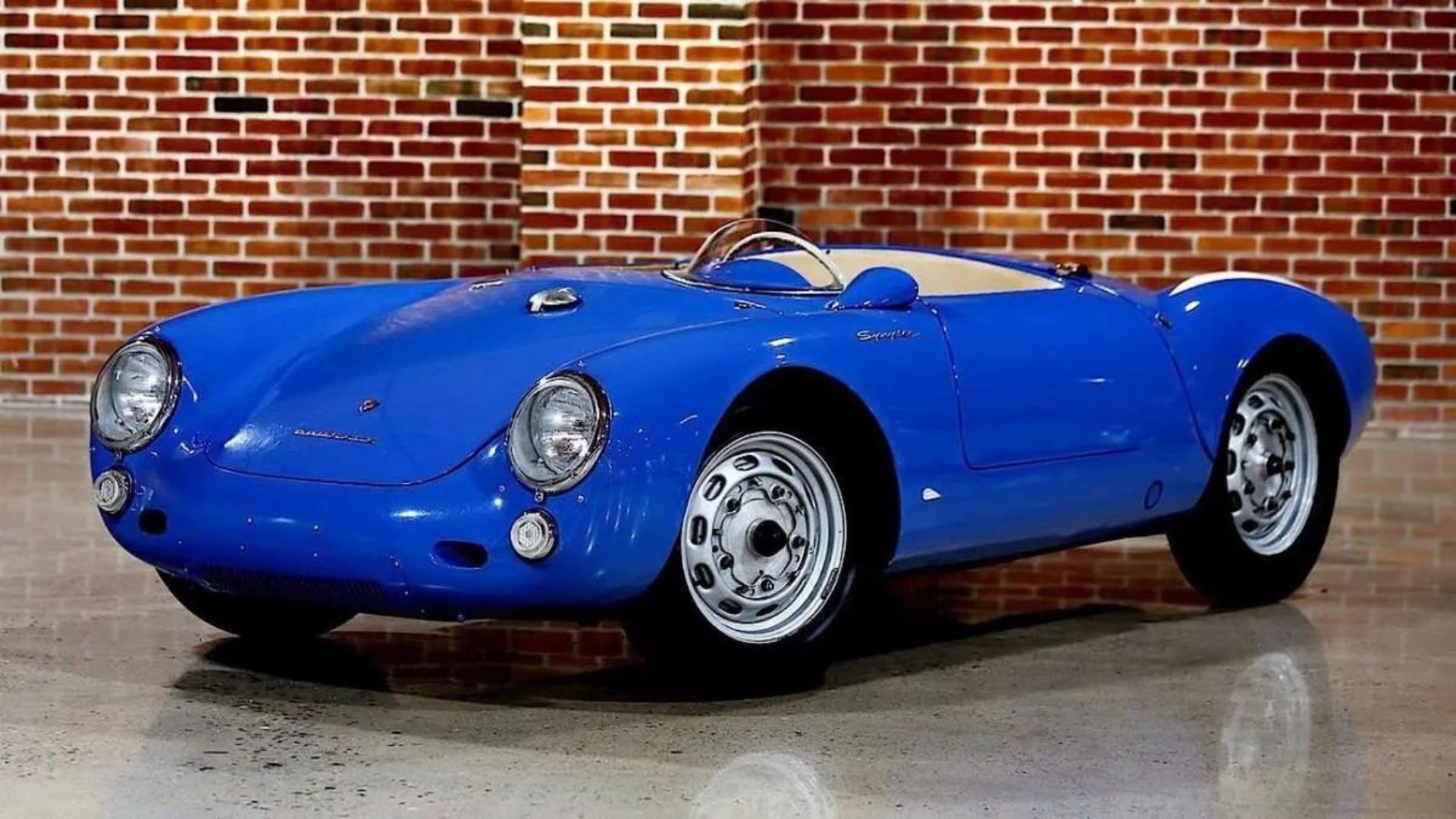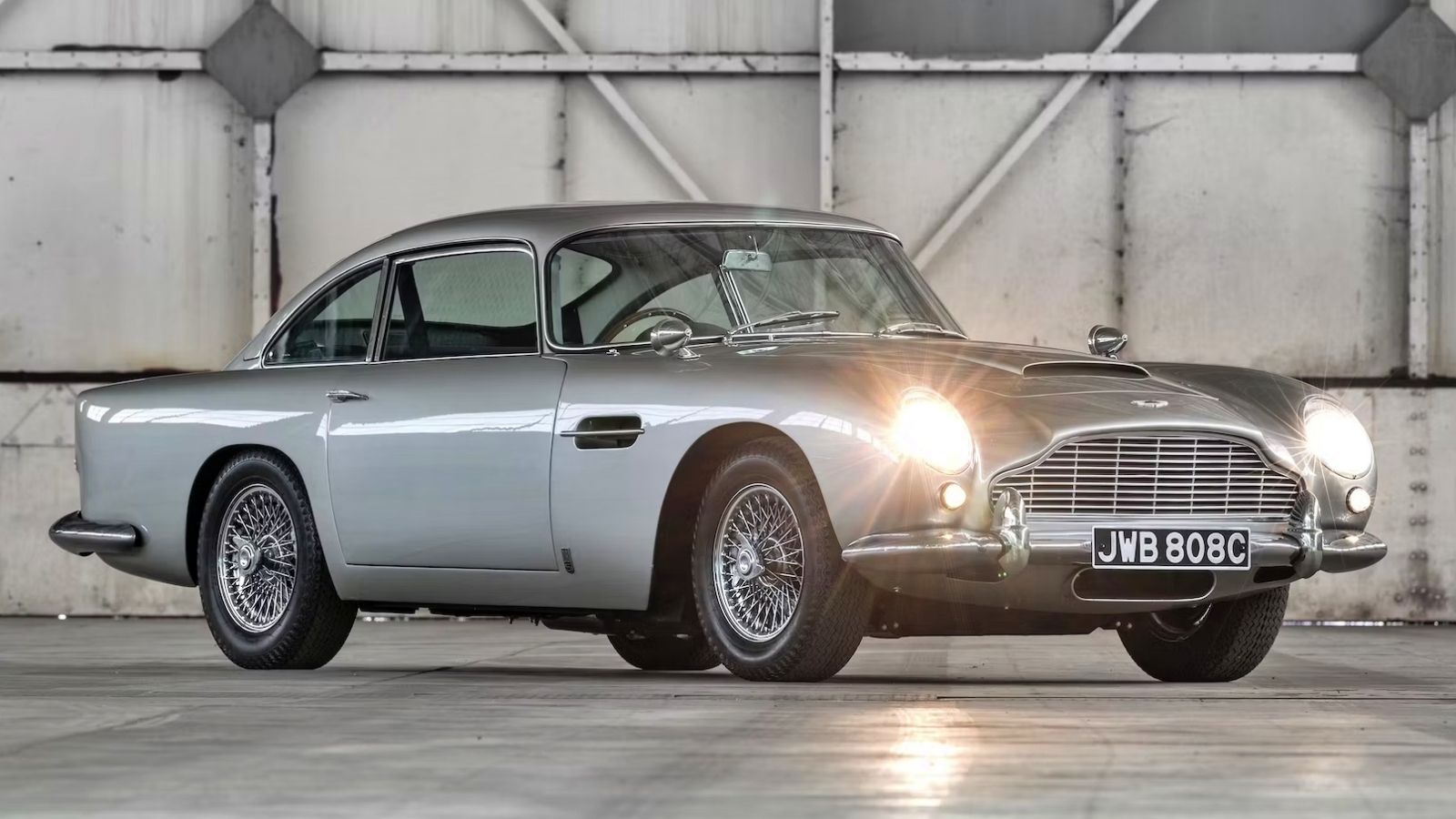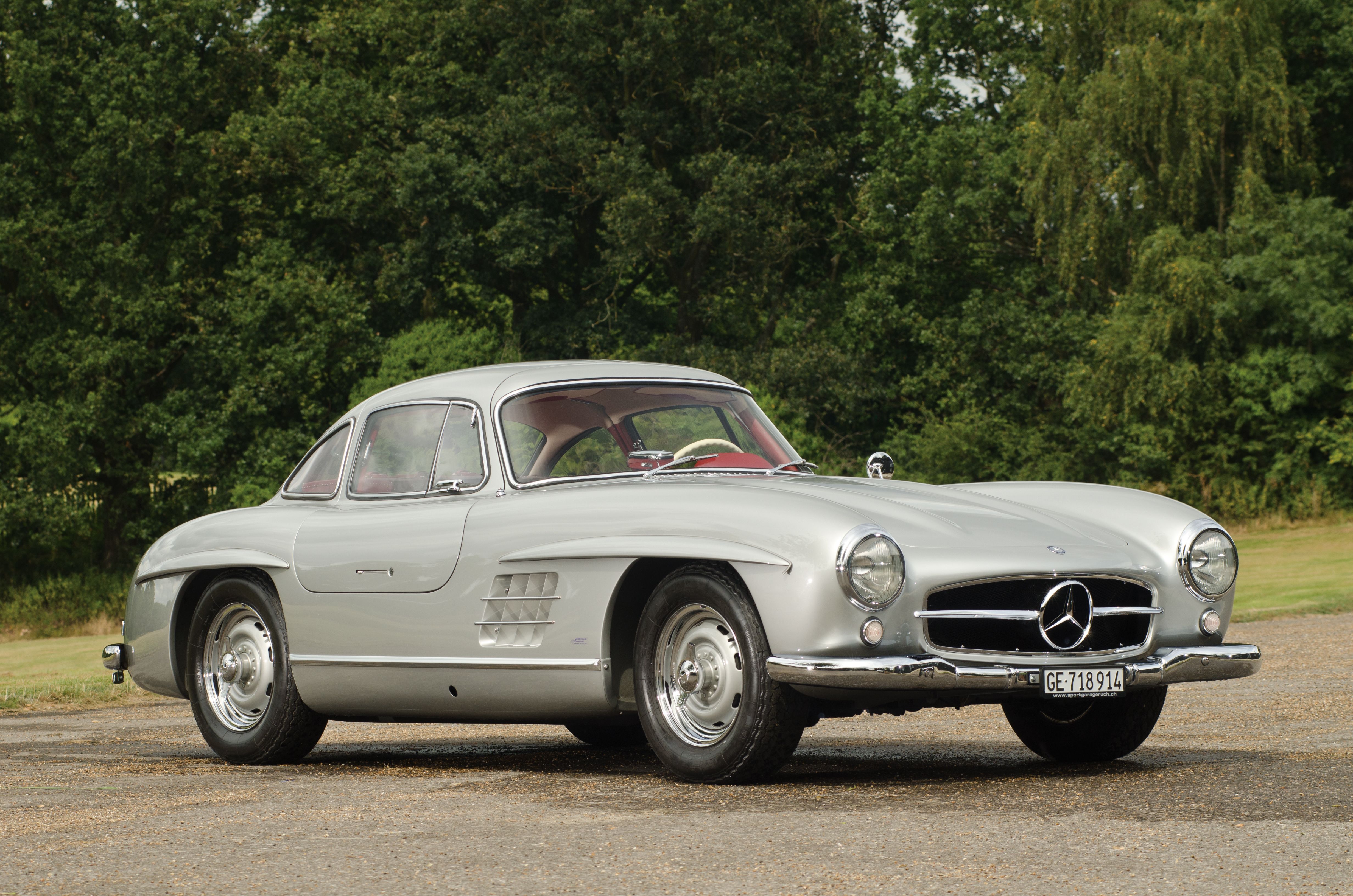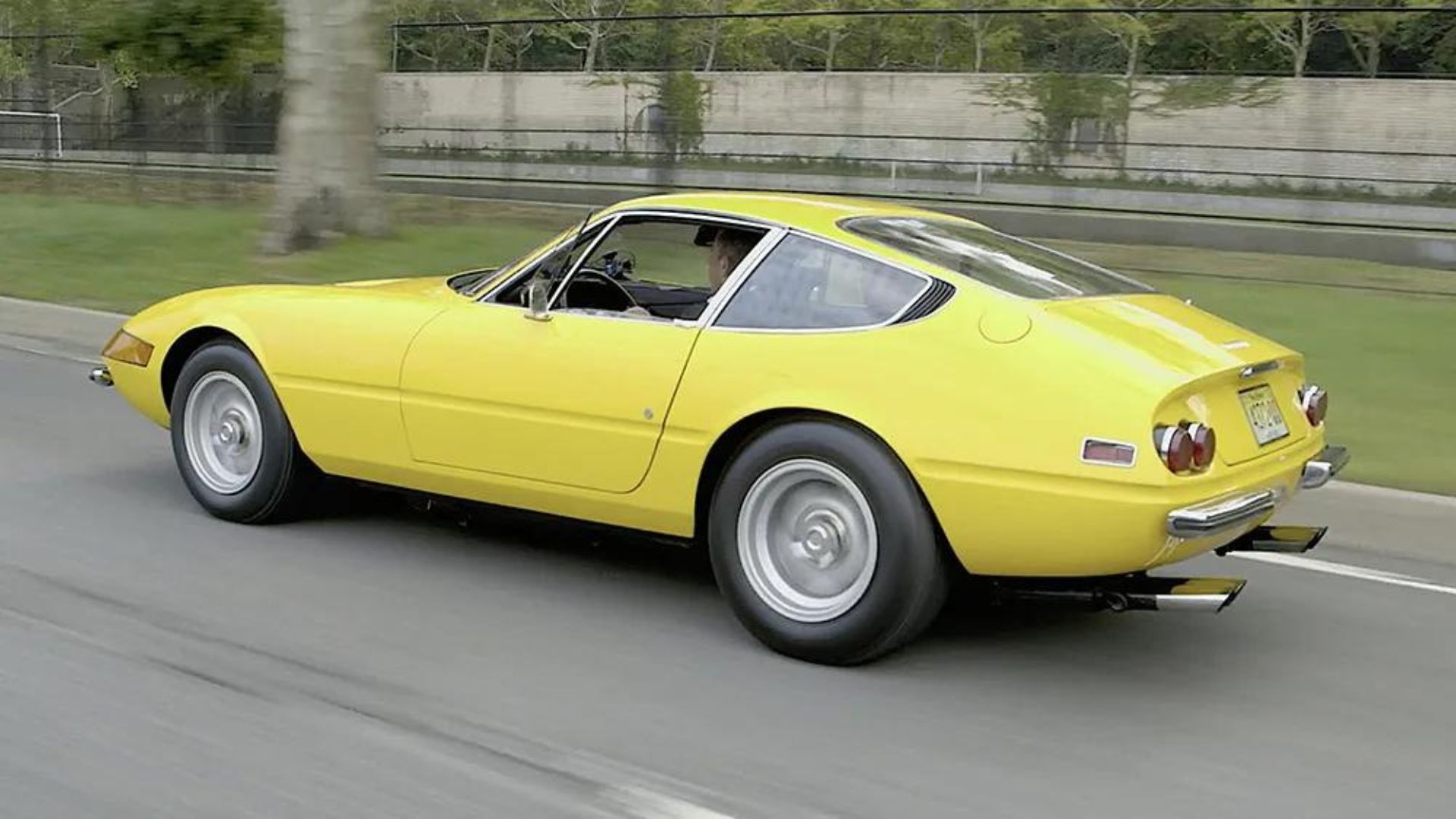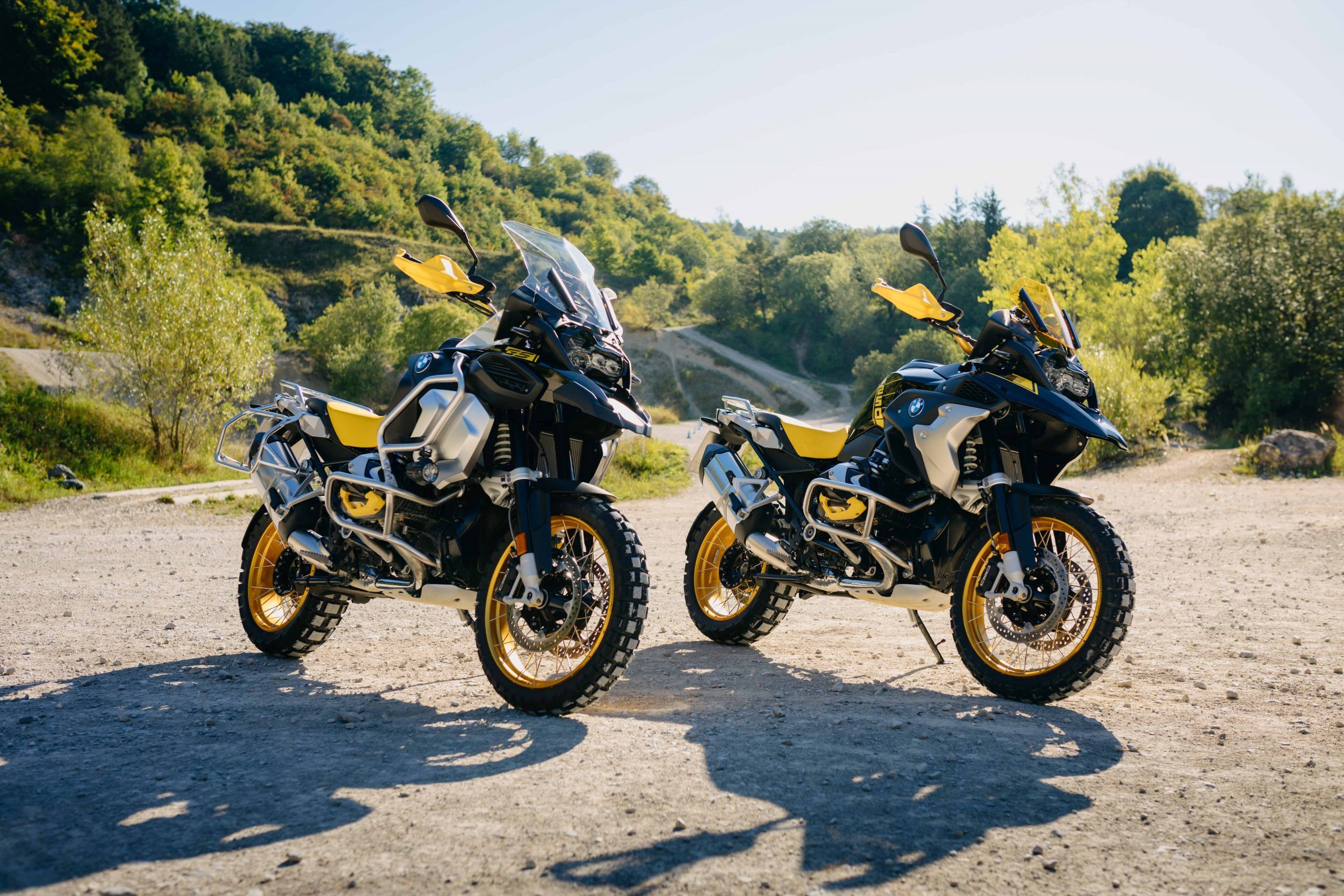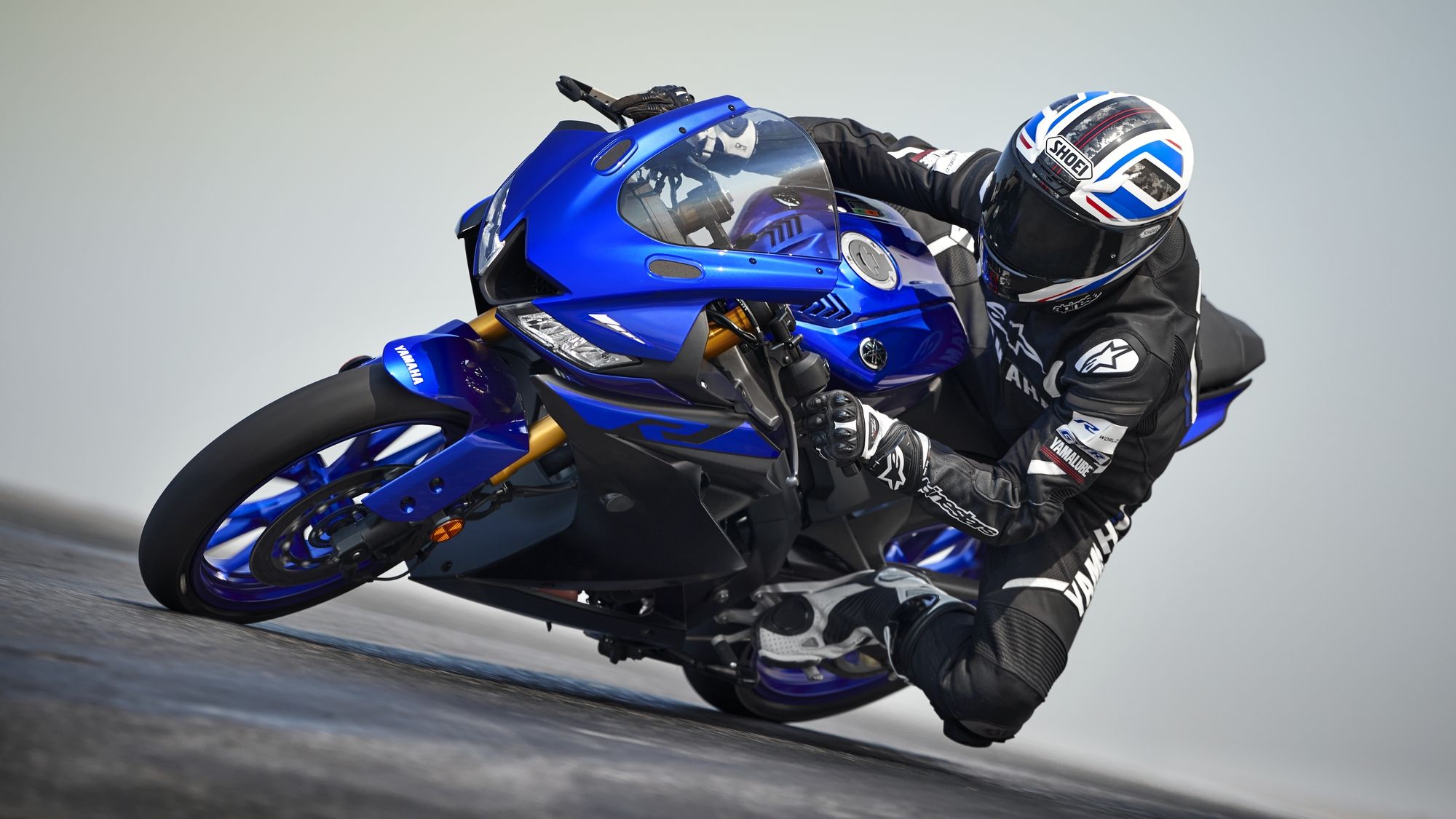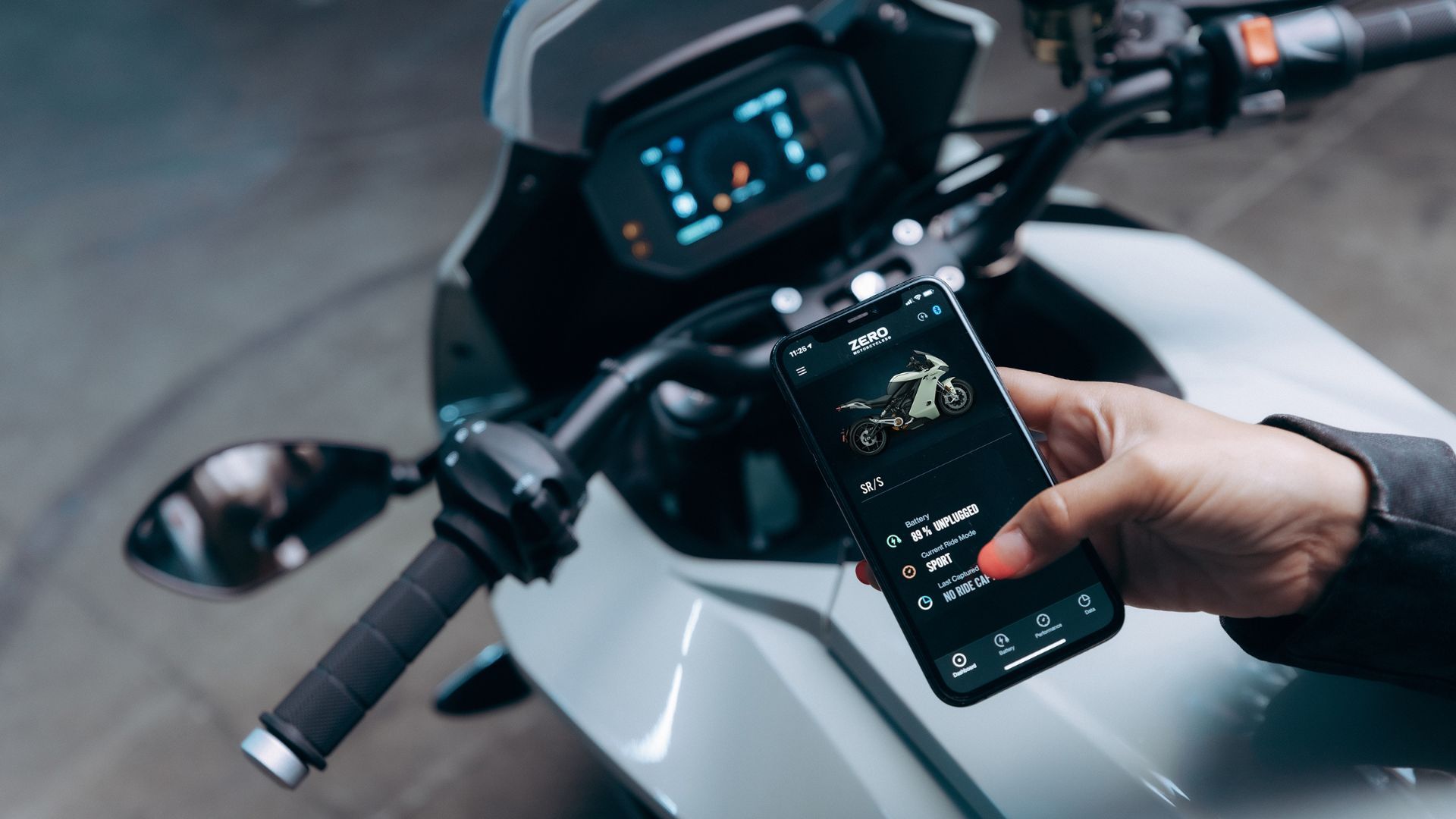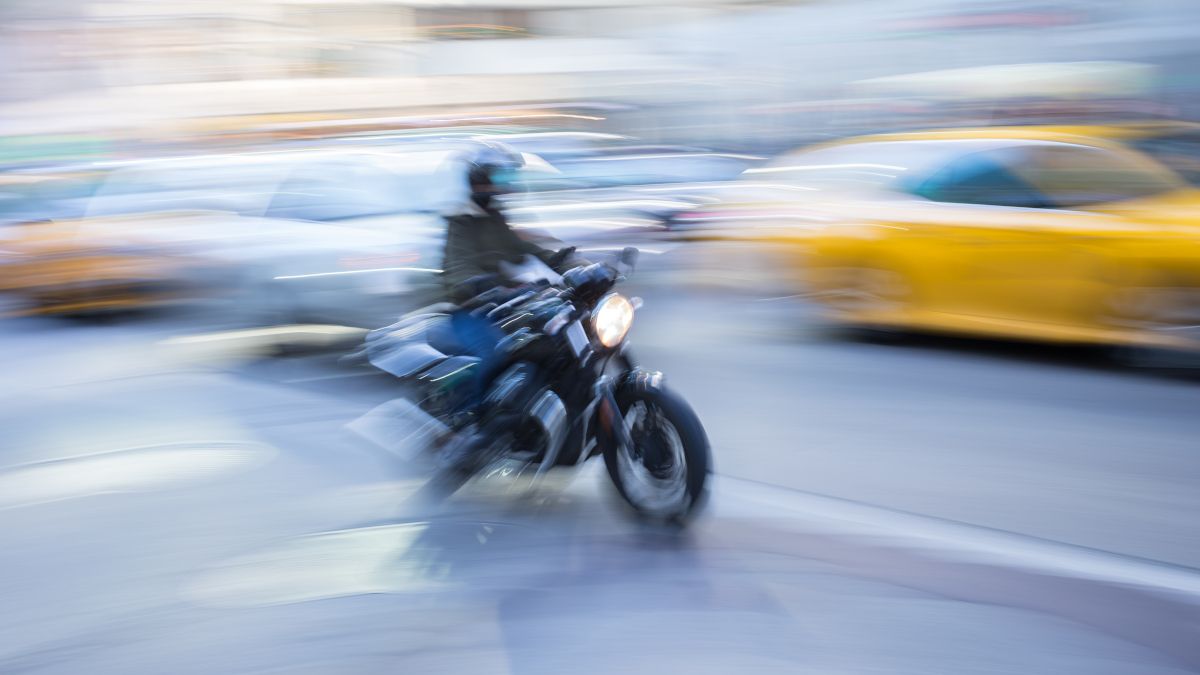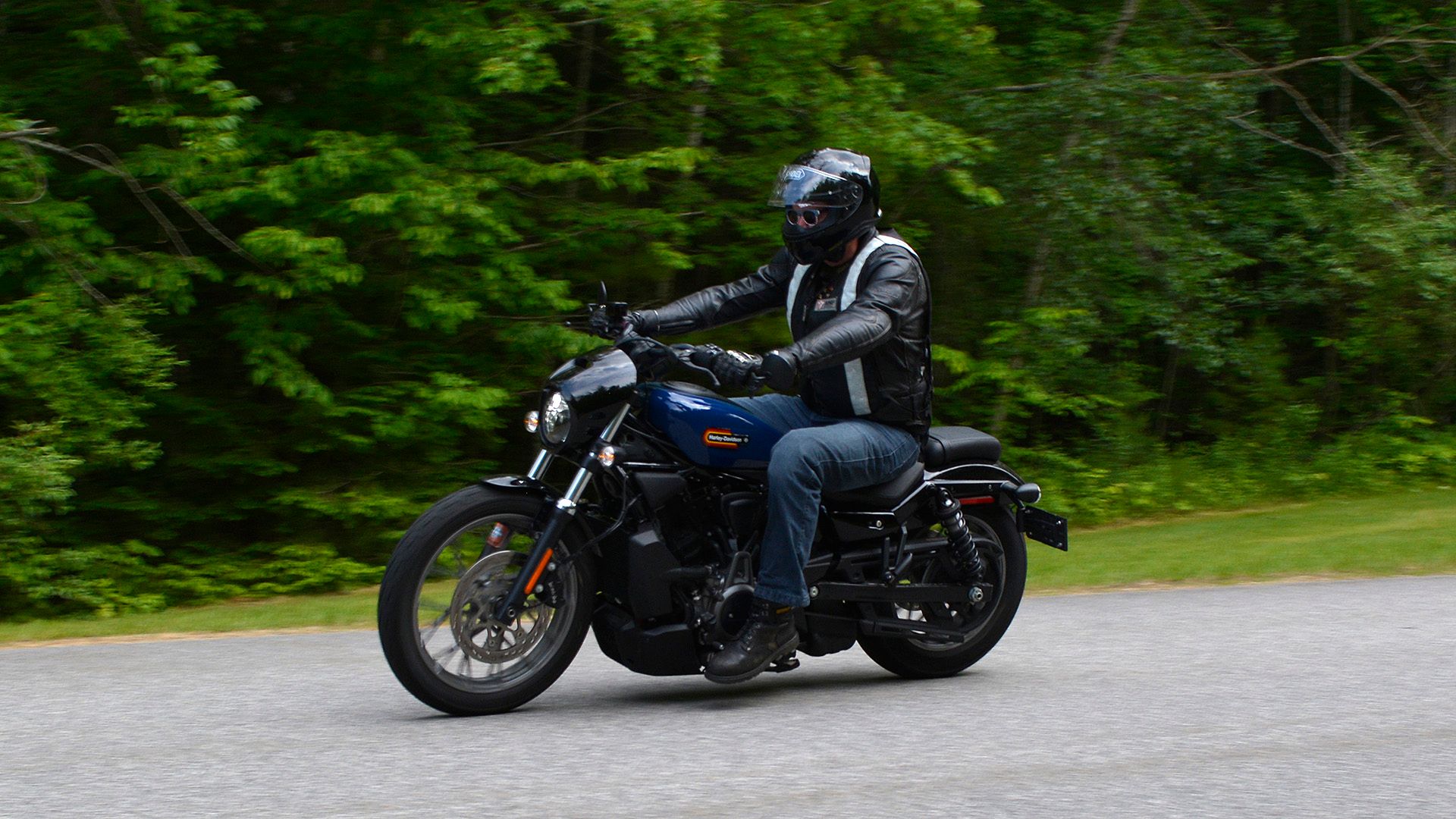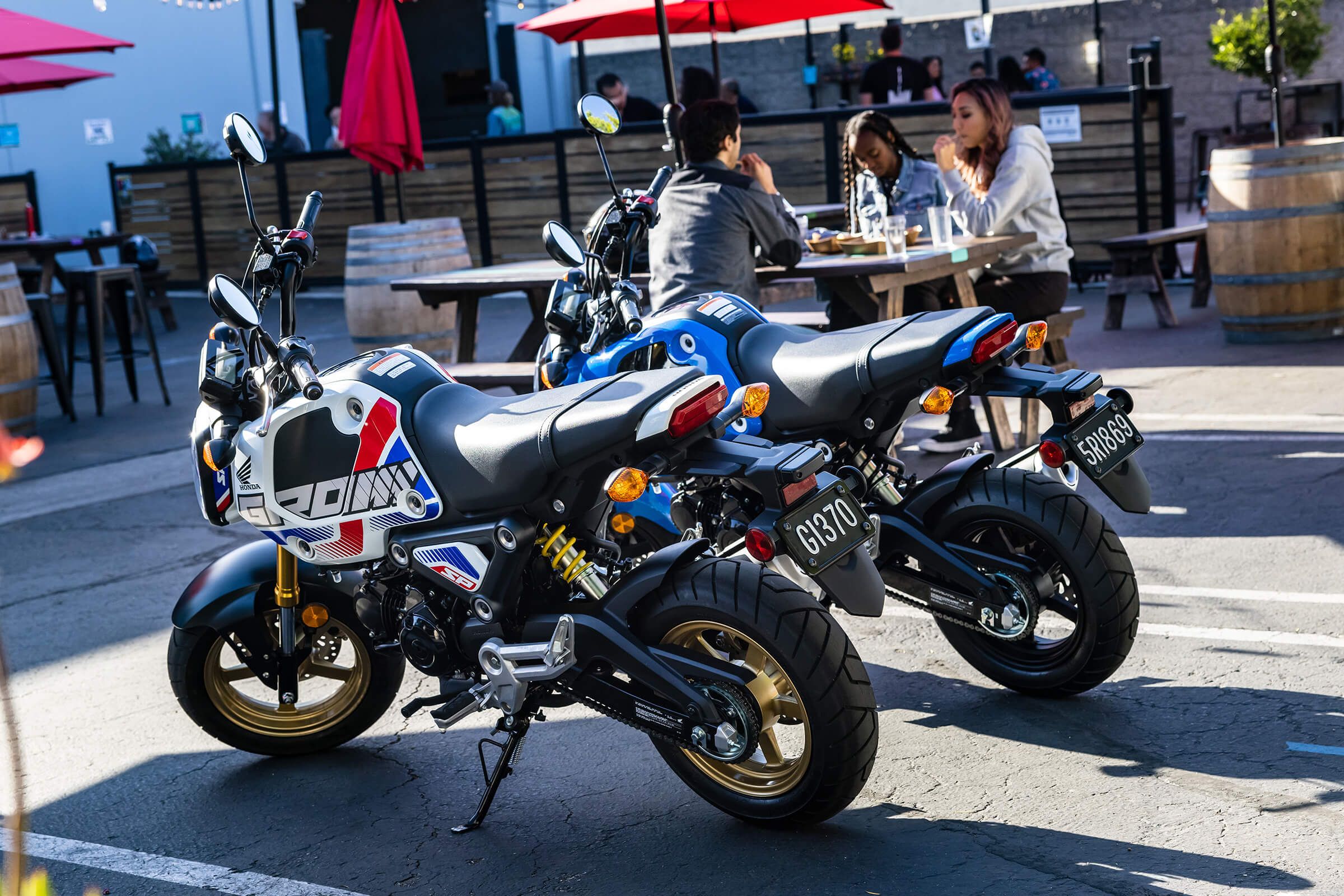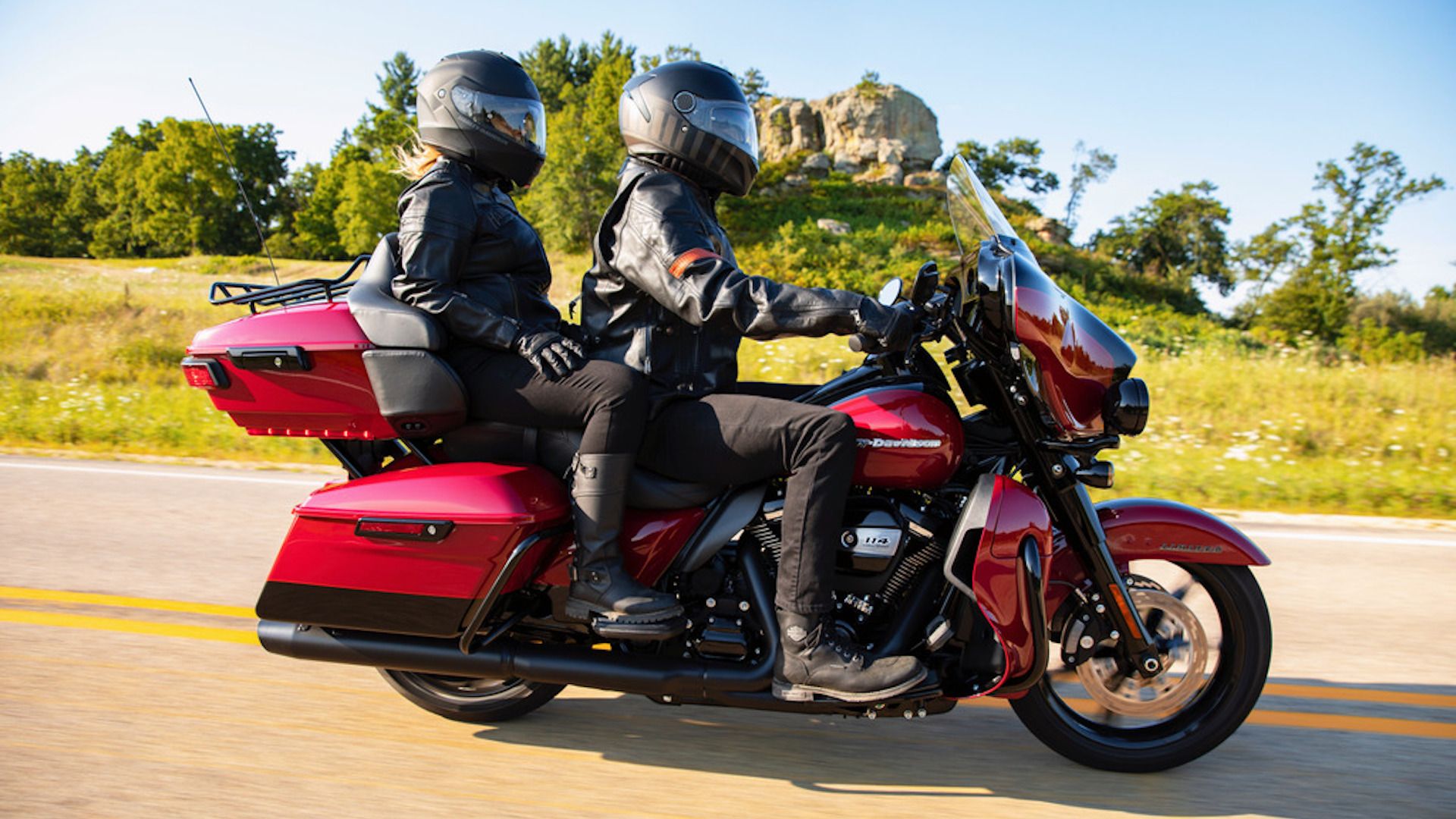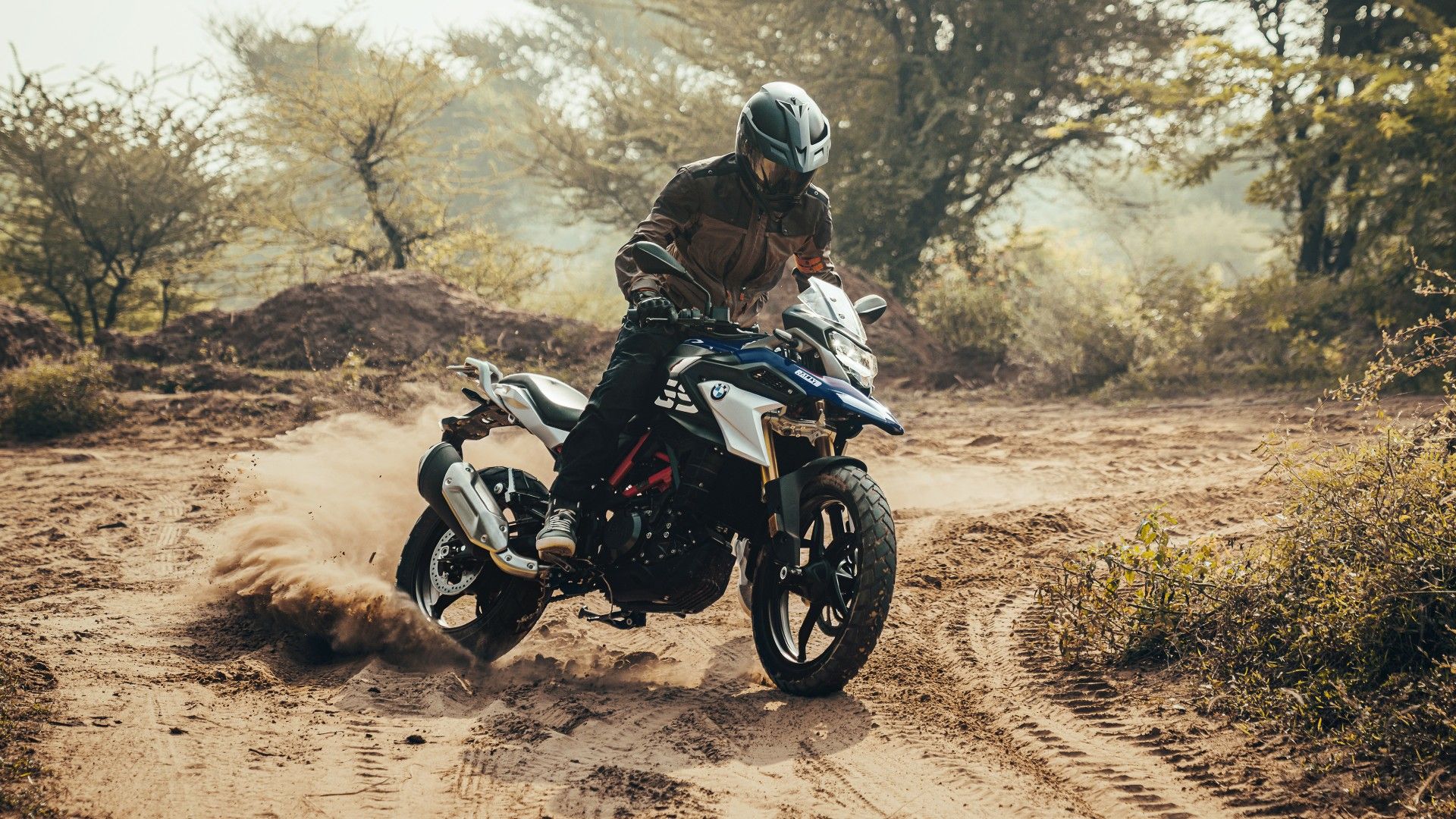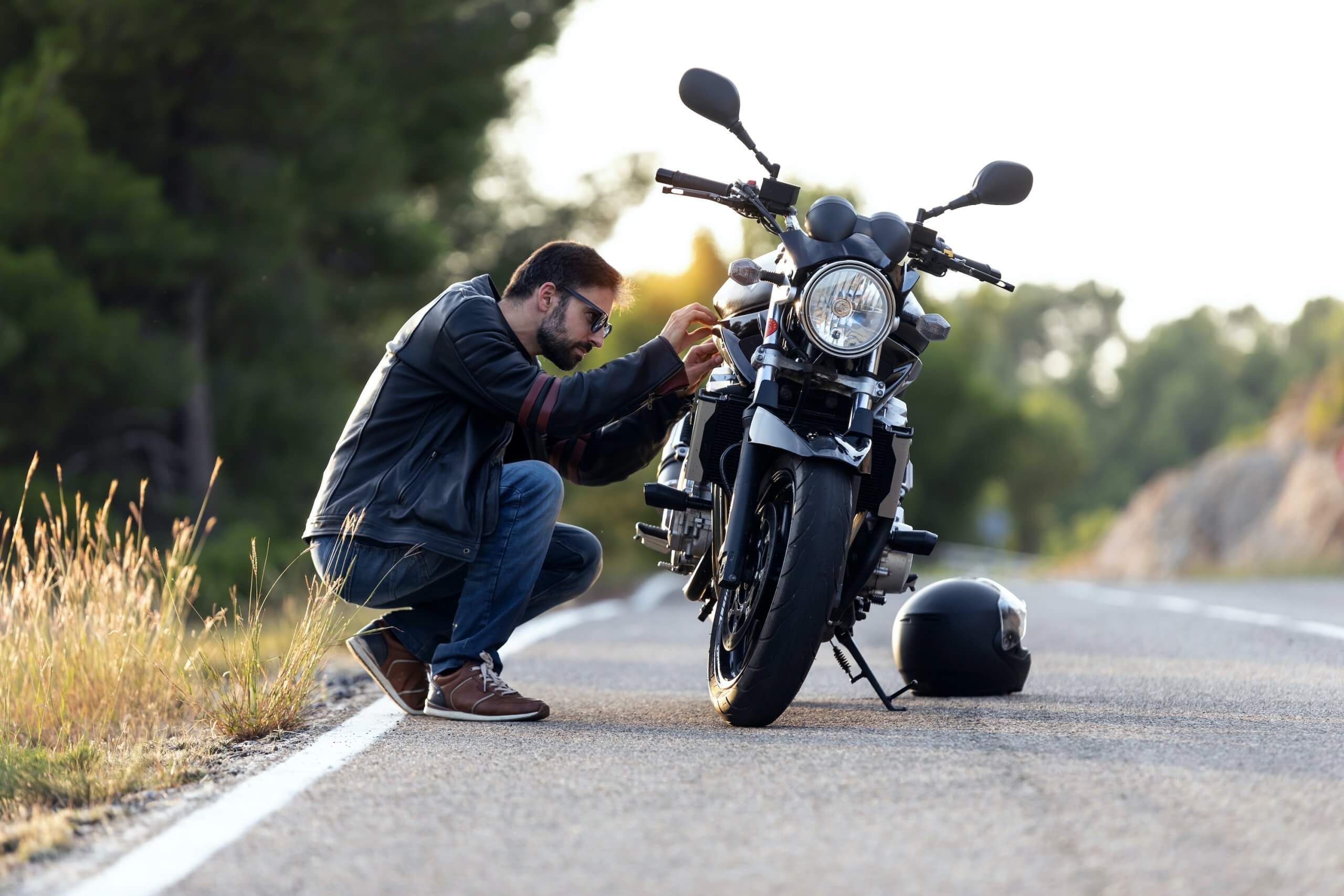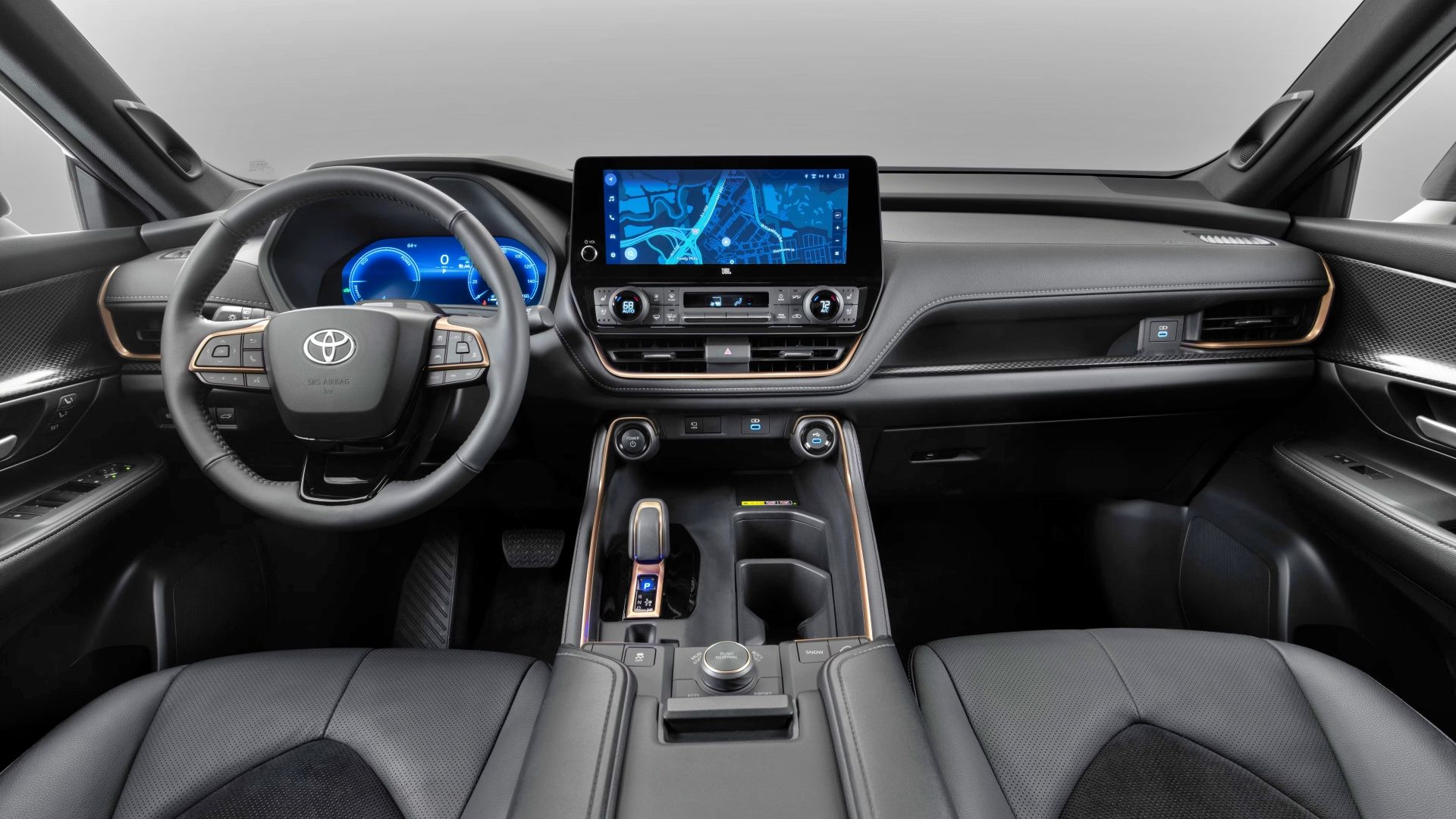When you think of Jerry Seinfeld, the first thing that likely comes to mind is his razor-sharp wit, iconic TV show, and timeless jokes about life’s everyday quirks. However, just as legendary is his unparalleled love for automobiles, beyond the glitz and glamour of Hollywood, Jerry retreats into a world of gleaming metal, roaring engines, and stories encapsulated in four wheels.
This isn’t just a hobby; it’s an ode to the world’s automotive marvels. From the heart-pounding thrills of European racers to the soulful elegance of classic American rides, Seinfeld’s collection showcases a rich tapestry of history, design, and sheer passion. Let’s explore the ten most significant gems from Seinfeld’s illustrious car collection.
10 1955 Porsche 550 Spyder: The ‘Giant Killer’
Deep within Jerry Seinfeld’s esteemed collection sat a true icon of the automotive world: the 1955 Porsche 550 Spyder. Often referred to as the crown jewel among his Porsches, this particular model holds an illustrious record. It claimed a staggering $5,335,000 at a 2016 auction by Gooding & Co. at Amelia Island, marking the highest sale price for any of Seinfeld’s Porsche fleet. To put that into perspective, a later 1958 550A Spyder model was auctioned for slightly less, at $5,170,000, two years later.
1955 Porsche 550 Spyder Specs:
|
Feature |
Specification |
|---|---|
|
Price |
$5.3 million |
|
Engine |
1.5 liter Flat-4 |
|
Horsepower |
108 |
|
Torque |
89 pound-feet |
|
Transmission |
4-speed manual |
|
Exterior Color |
Blue |
But what’s behind the magic of this car? This isn’t just any Porsche; it was a purpose-built racing sensation that ruled the 1.5-liter race class during its era. Its stellar performances on the racetrack earned it the formidable nickname: “the giant killer.” The specific model that once graced Seinfeld’s collection held the chassis number 550-0060 and the engine number 90-063. Its provenance is undeniable, with a lineage including prominent collectors like Lou Hilton and Joel Horvitz. Only 90 of these masterpieces were ever crafted by Porsche, making it an even rarer treasure.
9 1976 Lamborghini Countach
It’s impossible to forget the episode showcasing the radiant metallic blue 1976 Lamborghini Countach. This stunner, with a price tag of $1,095,000, played host to the talented Canadian-American actor Jim Carrey. Beyond its screen time, the significance of this model runs deep. Jerry’s Countach is an LP400 variant, maintained meticulously in its original condition, echoing the authenticity that car enthusiasts deeply cherish.
1976 Lamborghini Countach Specs:
|
Feature |
Specification |
|---|---|
|
Price |
$1,095,000 |
|
Engine |
3.9 liter V-12 |
|
Horsepower |
375 |
|
Torque |
269 pound-feet |
|
Transmission |
5-speed manual |
|
Exterior Color |
Tahiti Blue |
The Countach’s legacy began as a prototype showcased at the Geneva Auto Show in 1971. By the time it reached production between 1974 and 1990, a total of 1,983 units graced the roads, all crafted with precision in Italy. It wasn’t just a treat for the eyes either; the LP400 had a compelling performance profile. It could rocket from 0 to 62 MPH in a mere 5.4 seconds and reach speeds up to 179 MPH. And as a testament to its lasting impact, Lamborghini revived the Countach moniker in 2022, blending it with the innovative design of the Sian FKP 37, delivering a hybrid marvel.
8 1957 BMW 507 Series II
Amidst Jerry Seinfeld’s astonishing array of cars, one gem shines incredibly bright – the 1957 BMW 507 Series II. This exquisite roadster, of which only 252 units touched American soil, stands out for its rarity and auction value of up to $2.2 million. Adorned in a pristine white finish, this beauty was in the spotlight when Seinfeld chauffeured the Oscar-winning Christoph Waltz in an episode of “Comedians in Cars Getting Coffee.”
1957 BMW 507 Series II Specs:
|
Feature |
Specification |
|---|---|
|
Price |
$2.2 million |
|
Engine |
3.1 liter V-8 |
|
Horsepower |
150 |
|
Torque |
N/A |
|
Transmission |
4-speed manual |
|
Exterior Color |
White |
Surprisingly, this vehicle’s star didn’t always shine so brightly. Some years back, one of its kind went under the hammer for a relatively modest $1.6 million. Born as a luxury roadster variant of the 501 and 502 models, the 507 was ambitiously targeted at the American market. BMW envisioned it selling like hotcakes. However, its then-staggering price tag of $10,500 dampened its appeal, resulting in a financial misstep for BMW. Still, its allure wasn’t lost on everyone. Hollywood’s John Derek and the King of Rock’ n’ Roll, Elvis Presley, were among its illustrious owners.
7 1964 Aston Martin DB5
Few cars capture the imagination quite like the 1964 Aston Martin DB5, which rightfully occupies a place of pride in Seinfeld’s collection. With its staggering auction peak of $6.4 million, this classic beauty is a marvel that swings from $1.2 million to a lofty $4.6 million in various auctions. Jerry showcased this automotive icon in “Comedians in Cars Getting Coffee,” with none other than his “Seinfeld” co-star, Julia Louis-Dreyfus, gracing its passenger seat. The car’s exquisite Borrani wire wheels add a touch of class that’s simply unmistakable.
1964 Aston Martin DB5 Specs:
|
Feature |
Specification |
|---|---|
|
Price |
$6.4 million |
|
Engine |
4.0 liter I-6 |
|
Horsepower |
282 |
|
Torque |
280 pound-feet |
|
Transmission |
5-speed manual |
|
Exterior Color |
Silver Birch |
The DB5 is etched in cinematic history as James Bond’s iconic ride, symbolizing a perfect blend of British sophistication and performance. This masterpiece, nestled between the DB4 and DB6’s legacies, boasts a remarkable top speed of 145 MPH, zipping from 0 to 60 MPH in 8.0 seconds. Weighing in at 3,311 pounds, Aston Martin produced 1,059 units of the DB5, carving its place in history from 1963 to 1965.
6 1955 Mercedes-Benz 300SL Gullwing
One of the top spot in Jerry’s automotive treasury is the unparalleled 1955 Mercedes-Benz 300SL Gullwing. This masterpiece, famed for its revolutionary design and engineering feats, appeared in “Comedians in Cars Getting Coffee,” with comedy giant Lorne Michaels riding shotgun. Fetching an impressive $6.825 million at auction, Jerry’s Gullwing stands out with its pristine exterior, complemented by a rich tan and beige interior palette and charming white wheel caps.
1955 Mercedes-Benz 300SL Gullwing Specs:
|
Feature |
Specification |
|---|---|
|
Price |
$6.825 million |
|
Engine |
3.0 liter M198 I-6 |
|
Horsepower |
215 |
|
Torque |
203 pound-feet |
|
Transmission |
4-speed manual |
|
Exterior Color |
Silver |
In Seinfeld’s words, the 300SL is “about as perfect as it comes when it comes to classic cars.” With a production run from 1954 to 1957, Mercedes crafted just 1,400 units of this iconic coupe. Tipping the scales at 3,300 lbs, this heavyweight of history originally bore a price tag of $6,820 in its US heyday. The 300SL, christened with the W198 chassis code, proudly followed in the footsteps of its predecessor, the W194. This vehicle, a beacon of luxury and class, has also found its way into the collections of eminent figures like Rob Walker and Lindsay Fox.
5 1971 Ferrari 365 GTB/4 Daytona
Among Jerry’s carefully curated collection is the radiant yellow 1971 Ferrari 365 GTB/4 Daytona, embodying beauty and racing pedigree. Auctions have seen this model fetch $661,000, but whispers suggest Jerry acquired it for around $250,000. Widely termed the “Ferrari Daytona” by fans, its unofficial moniker stems from the marque’s triumphant 1-2-3 finish at the grueling 24 Hours of Daytona race. This grand tourer Berlinetta, a paragon of Italian automotive art, seamlessly marries luxury and performance.
1971 Ferrari 365 GTB/4 Daytona Specs:
|
Feature |
Specification |
|---|---|
|
Price |
$661,000 |
|
Engine |
4.4 liter V-12 |
|
Horsepower |
347 |
|
Torque |
318 pound-feet |
|
Transmission |
5-speed manual |
|
Exterior Color |
Yellow |
Only 1,284 of these gems were crafted during its five-year production run, making it a sought-after rarity. Jerry’s Daytona took a star turn in “Comedians in Cars Getting Coffee,” playing host to the witty Amy Schumer. Its roaring V-12 engine delivered a thrilling ride, leaving the actress both amazed and amused, much to Seinfeld’s delight.
4 1986 Porsche 959
Elegantly sculpted with a striking white finish, Jerry’s 1986 Porsche 959 is a testament to automotive ingenuity and innovation. Originating as a rear-engine sports car, this beauty came standard with all-wheel-drive, originally priced at $225,000. A loyal Porsche enthusiast like Jerry was bound to have this marvel in his collection, ensuring its prominent place even as other Porsches moved on from his garage.
1986 Porsche 959 Specs:
|
Feature |
Specification |
|---|---|
|
Price |
$1.00 million |
|
Engine |
Twin-turbocharged 2-8 liter Flat-6 |
|
Horsepower |
444 |
|
Torque |
369 pound-feet |
|
Transmission |
6-speed manual |
|
Exterior Color |
White |
Despite its inception as a conceptual model, Porsche committed to producing this beast, crafting 337 impeccable units. Later, it’s whispered that an additional eight were born from the vestiges of spare parts. With its staggering 0-60 MPH acceleration in just 3.6 seconds and a top speed of 198 MPH, the 959 held the prestigious title of the fastest road-legal production car in its era. Today, among the few treasured 959s, one stands proudly in the historic hall of Porsche in Stuttgart, echoing its legacy.
3 1967 Austin-Healey 3000 MkIII
Jerry Seinfeld’s collection boasts a plethora of automotive marvels, and the 1967 Austin-Healey 3000 MkIII is no exception. While the initial purchase price remains a mystery, auction data suggest a pristine example could fetch up to $84,000. True to his love for automotive authenticity, Jerry preserved the car in its original splendor, maintaining its factory-fresh paint and interior finishes without alterations.
1967 Austin-Healey 3000 MkIII Specs:
|
Feature |
Specification |
|---|---|
|
Price |
$84,000 |
|
Engine |
2.9 liter I-6 |
|
Horsepower |
150 |
|
Torque |
N/A |
|
Transmission |
N/A |
|
Exterior Color |
Light Blue |
This English classic was showcased on the premiere episode of “Comedians in Cars Getting Coffee.” For this episode, Ricky Gervais rode shotgun with Seinfeld, experiencing the car’s laid-back cruising demeanor. Unlike the high-octane racers in his collection, this Austin-Healey emphasizes comfort and a leisurely drive. It exudes British charm with its wire wheels and distinctive Ambla vinyl upholstery. By the close of 1967, the curtains were drawn on its production, making it a cherished classic.
2 1969 Jaguar XKE Series 2 E-Type
Jerry Seinfeld’s automotive anthology boasts not only rare but genuinely iconic vehicles. One such gem is the 1969 Jaguar XKE Series 2 E-Type. The Roadster model, with its sensual curves and alluring design, carries a value of approximately $70,000. Comedian Sarah Silverman had the privilege of experiencing this classic’s charm firsthand during a drive with Seinfeld.
1969 Jaguar XKE Series 2 E-Type Specs:
|
Feature |
Specification |
|---|---|
|
Price |
$70,000 |
|
Engine |
4.2 liter DOHC straight-6 |
|
Horsepower |
249 |
|
Production |
10,000 (1969 model year) |
|
Drive |
Rear-wheel-drive |
Equipped with a robust DOHC straight-6 engine, this British classic delivers 249 horsepower from its 4.2 liters. Despite its allure, the E-Type’s production numbers for 1969 were relatively limited, with fewer than 10,000 units rolling out, a stark contrast to the Chevrolet Corvette’s more extensive production that same year. However, compared to rarities like the Gmund, the E-Type isn’t the scarcest in the collection, but it’s undeniably one of the most iconic.
1 1963 Chevrolet Corvette Stingray
When Jerry Seinfeld sat down with the 44th President of the United States, Barack Obama, he chose none other than the iconic 1963 Split Window Chevrolet Corvette Stingray for their ride. This Stingray exudes elegance and timeless American craftsmanship, a true jewel among collectors.
1963 Chevrolet Corvette Stingray Specs:
|
Feature |
Specification |
|---|---|
|
Engine |
327 V-8 |
|
Horsepower |
250 (base engine) |
|
Notable Variant |
Fuel injected (360 horsepower) |
Under its hood, Seinfeld’s Stingray houses a 327 V-8 engine that belts out 250 horsepower. While this might be the base engine variant, it’s worth noting that an optional fuel-injected version was available during its time, boasting a muscular 360 horsepower. Regardless, Seinfeld’s choice speaks volumes about the car’s emblematic status in automotive history.
Jerry Seinfeld’s collection of automobiles is a reflection of his nuanced taste in automotive excellence. From the elegant curves of the Aston Martin DB5 to the historic allure of the 1955 Mercedes-Benz 300SL Gullwing, each car tells a tale of design genius and mechanical marvel. However, it’s not just about horsepower or rarity.
Seinfeld’s affinity for these classics stands testament to the undeniable connection between memories on the road and the stories that drive our lives. As he takes comedians, actors, and even a former US president for a spin, each journey becomes a unique chapter in a grander narrative. His fleet is not just a showcase of car culture; it’s an ode to the moments that define our journeys, both behind the wheel and beyond.
